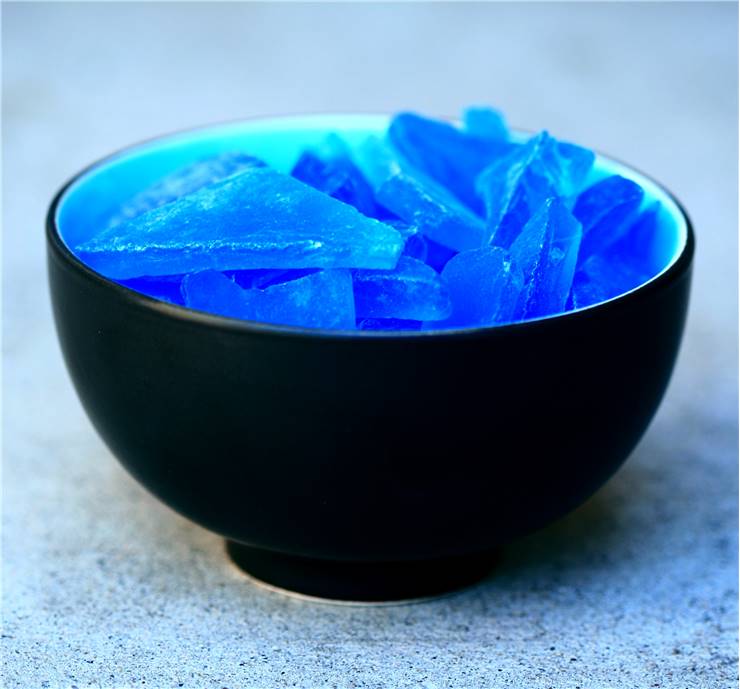The First Glass Production - Making Glass in Early Days
Stone Age people used naturally occurring glass which was formed when lighting strikes sand and by volcanic eruptions as a result of high-temperature when certain types of rocks melt.
Little is known about place and date of the first glass production. Pliny the Elder suggesed that the Phoenicians had accidentally discovered of how glass is created. He wrote: "The tradition is that a merchant ship laden with nitrum being moored at this place, the merchants were preparing their meal on the beach, and not having stones to prop up their pots, they used lumps of nitrum from the ship, which fused and mixed with the sands of the shore, and there flowed sreams of a new translucent liquid, and thus was the origin of glass..."
However, archaelogical evidence indicate that glass like materials were used in ancient Egypt long before the production of glass itself. There are evidences supporting the theory that people made and used glass over 3500 years ago in Egypt. It is believed that the first intentionally created glass was used as a glaze on ceramics earlier than 3000BC. The first glass we know of dates from the Neolithic Badarian culture at the turn of the 5th and 4th millenia BC. Glass is produced from a mixture of silica-sand, lime and soda. It was used at first only for beads, but later on for amulets, shawabtis, other figures and inlays. Egyptian faience is a popular material used in the production of amulets and swall vessels and it was a mixture of quartz sand with an alkali binder.

Glass vessels making began to appear around 1500BC in Egypt. It is known that the Egyptians used technique of core-forming to make the earliest vessels. Mesopotamians invented two other techniques, casting and polishing glass. Glass artifacts made with these techniques were primarily intended for wealthy patrons. The earliest examples of Egyptian glassware are three vases with the name of the Pharaoh Thoutmosis III (1504-1450 BC).
Glass manufacturing became a strongly established around 500BC.
In ancient time, glass was primarily decorative and was made from impure ingredients which resulted in a green tint. A few thousands years would pass before glass possessed the clarity and transparency. Synthetic glass was originally prepared by heating a mixture of sodium oxide (or sodium carbonate), calcium oxide and silicone dioxide. Pure glass as a separate material came in predynastic times.
During the 15th century BC rapid growth of glass production was occurring in Western Asia, Crete, Egypt and the Mycenaean Greece.
Making glass in these early days was slow, difficult and expensive. Glass blowing and glass pressing had not been discovered yet ,furnaces were small, the clay pots were not of good quality and it was difficult generate sufficient heat for melting.
Revolutionary event in glass making history was the invention of the glassblowing technique around 1st century BC.
